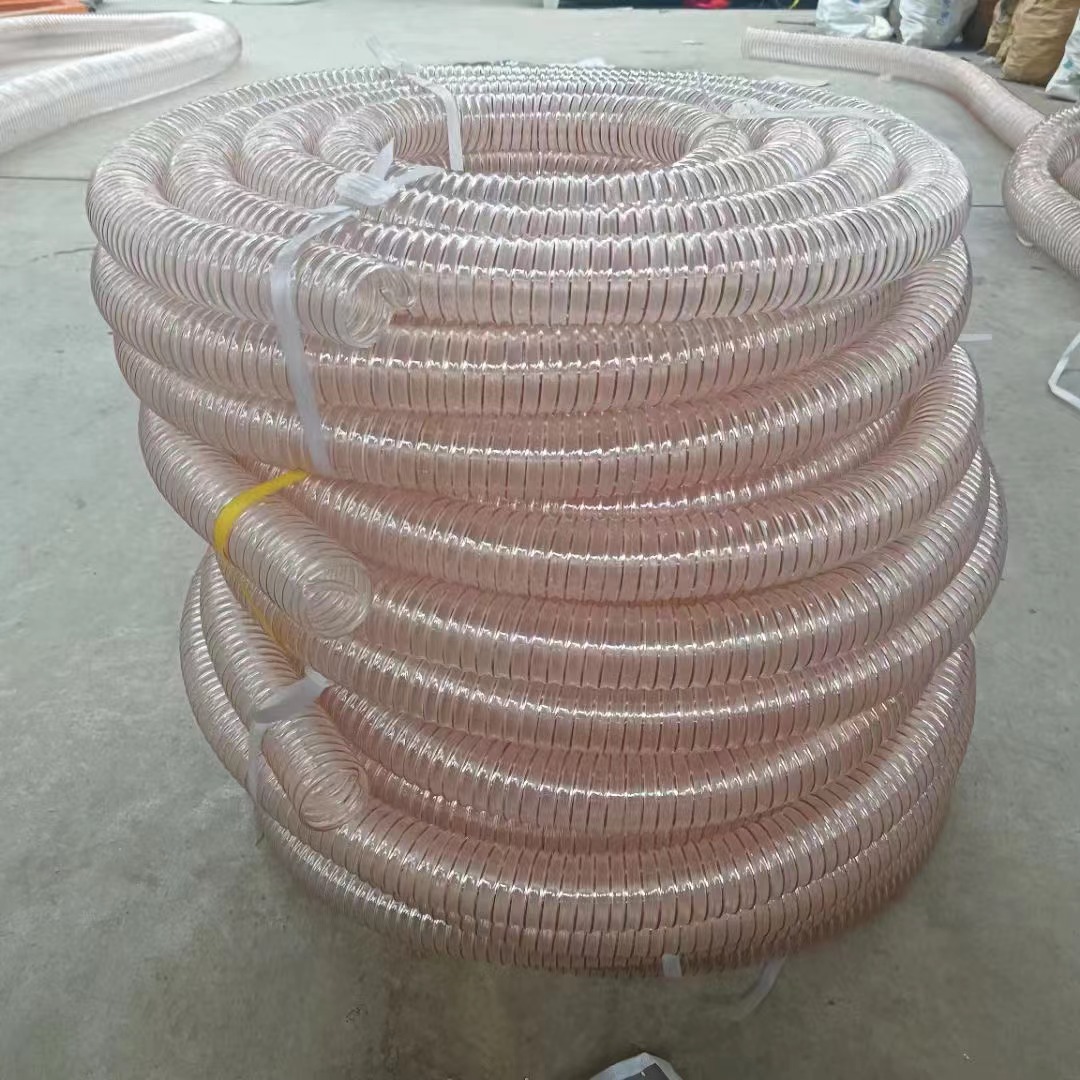hose oxygen acetylene
The Essential Guide to Oxygen and Acetylene in Welding Applications
In the world of metalworking and fabrication, welding stands as a crucial process, enabling the joining of materials through the application of heat. Among the various methods available, oxy-acetylene welding is one of the oldest and most versatile techniques. The combination of oxygen and acetylene gas creates an intense flame, reaching temperatures high enough to melt metals and create strong connections. This article delves into the fundamentals of using oxygen and acetylene in welding applications, highlighting their importance, safety measures, and practical considerations.
Understanding Oxygen and Acetylene
Oxygen is a colorless, odorless gas essential for combustion. When combined with acetylene—a highly flammable gas produced by reacting calcium carbide with water—it forms a flame that can reach temperatures of approximately 3,200 degrees Celsius (5,792 degrees Fahrenheit). This extraordinary heat makes the oxy-acetylene torch ideal for welding, cutting, and brazing various types of metals, including steel, aluminum, and copper.
Oxy-Acetylene Equipment
The successful use of oxygen and acetylene in welding requires specific equipment. At the core of the setup is the oxy-acetylene torch, which mixes the two gases in a controlled environment. The system typically includes
1. Gas Cylinders Separate cylinders for oxygen and acetylene, usually made of steel and designed to withstand high pressure.
2. Regulators Devices that control the pressure of gas flowing from the cylinders to the torch. Each gas must be regulated to specific pressures to create the desired flame characteristics.
3. Hoses Flexible tubes that transport the gases from the cylinders to the torch. Oxygen hoses are usually green, while acetylene hoses are red, preventing confusion between the two gases.
4. Welding Tip The nozzle at the end of the torch where the gases mix and are ignited. Different tips produce different flame sizes and types, allowing for versatility based on specific welding tasks.
5. Safety Equipment Personal protective equipment (PPE) is essential while using oxy-acetylene systems. This includes flame-resistant clothing, safety goggles or welding helmets with appropriate lens shades, gloves, and proper ventilation to prevent the accumulation of harmful gases.
Safety Precautions
hose oxygen acetylene

Working with oxygen and acetylene involves inherent risks, underscoring the importance of safety measures. Here are key precautions to consider
1. Proper Storage Cylinders should be stored upright in well-ventilated areas, away from heat sources and flammable materials. Secure them to prevent tipping.
2. Leak Checks Regularly inspect hoses and connections for leaks. Use soapy water to identify leaks; bubbles will appear if gas escapes. If leaks are detected, fix them immediately.
3. Avoiding Backfire Implement anti-backfire devices, and ensure the torch is lit correctly to avoid flames traveling back into the hoses.
4. Fire Extinguishers Keep suitable fire extinguishers readily available in the workspace, ensuring they are appropriate for gas fires.
5. Training Only trained personnel should operate oxy-acetylene equipment. Comprehensive training ensures understanding of both operation and emergency procedures.
Applications and Versatility
Oxy-acetylene welding is renowned for its versatility. It is widely used in automotive repair, construction, and art metalwork. Applications include
- Welding Creating strong joints in various metal components. - Cutting Efficiently cutting through thick metals, making it ideal for salvage operations and fabricating parts. - Brazing and Soldering Joining dissimilar metals through melting filler materials without melting the base metals.
Conclusion
Oxygen and acetylene remain cornerstone gases in the welding industry due to their unparalleled heat generation and versatility. Mastery of this process enables welders to undertake a variety of tasks across multiple sectors. However, with great power comes great responsibility; adhering to safety protocols is crucial to ensuring a secure working environment. Whether in a professional shop or a home garage, understanding the principles of oxy-acetylene welding can open new avenues for creativity and craftsmanship in metalworking.
-
Top Quality Oxy Acetylene Hoses for Sale Fit for Welding DemandsNewsJul.28,2025
-
The Future of Pneumatic Air Tubes in IndustryNewsJul.28,2025
-
Superior and Reliable LPG Hose Pipe Solutions for Every NeedNewsJul.28,2025
-
Exceptionally Durable and Versatile Premium Braided PVC TubingNewsJul.28,2025
-
Best Adapters for Connecting Garden Hose to PVC Pipe ConnectionsNewsJul.28,2025
-
The Essential Role of LPG Hoses in Safe and Efficient Gas DistributionNewsJul.16,2025














